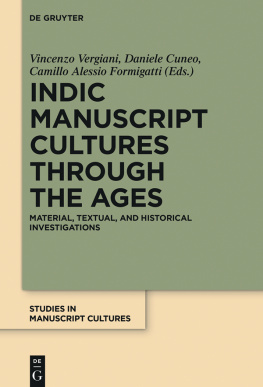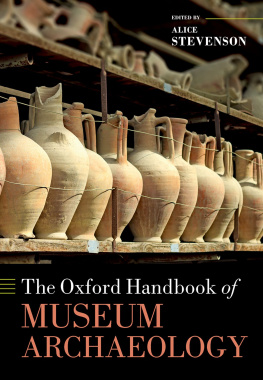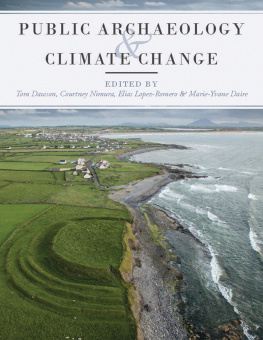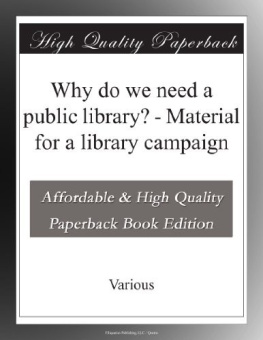Published in the United Kingdom in 2020 by
OXBOW BOOKS
The Old Music Hall, 106108 Cowley Road, Oxford OX4 1JE
and in the United States by
OXBOW BOOKS
1950 Lawrence Road, Havertown, PA 19083
Oxbow Books and the individual contributors 2020
Paperback Edition: ISBN 978-1-78925-368-9
Digital Edition: ISBN 978-1-78925-369-6 (ePub)
Kindle Edition: ISBN 978-1-78925-370-2 (mobi)
A CIP record for this book is available from the British Library
Library of Congress Control Number: 2020941563
All rights reserved. No part of this book may be reproduced or transmitted in any form or by any means, electronic or mechanical including photocopying, recording or by any information storage and retrieval system, without permission from the publisher in writing.
For a complete list of Oxbow titles, please contact:
| UNITED KINGDOM | UNITED STATES OF AMERICA |
| Oxbow Books | Oxbow Books |
| Telephone (01865) 241249 | Telephone (610) 853-9131, Fax (610) 853-9146 |
| Email: | Email: |
| www.oxbowbooks.com | www.casemateacademic.com/oxbow |
Oxbow Books is part of the Casemate Group
Front and back cover: Images the Fitzwilliam Museum 2020.
The past is seen and touched and tasted and smelt as well as heard and read about. Empathy, re-enactment, memory and commemoration overwhelm traditional history
David Lowenthal: The Past as a Foreign Country
For Lucilla
With gratitude for her endless support and encouragement And to our Fitzwilliam Museum frontline learning and public engagement practitioners for making every day, the past, less of a foreign country
Acknowledgements
My interest in producing this volume begun during my years as a field archaeologist, particularly those months spent excavating in remote places in Greece. There, fascinated about the finds that would appear before my eyes, I contemplated how much of this heritage would be accessible and offered to debate by the wider public. Public Archaeology was not a subject taught at University in Greece, during my early studies, but anyone involved with the archaeological field at an early stage soon finds him/herself a mediator of the past we excavate, reshape, and bequeath to the future.
In Cambridge, as a museum curator, I found myself on the other side. The public was there now and my task (particularly during my first assignment for the Fitzwilliam Museum) was to make museum exhibits accessible and relevant to our audiences. What was missing now, however, was the stage, the archaeological landscape and context that surrounded these objects and had shaped so much of my early experiences. How was I to talk about these objects to people who had not witnessed it?
This volume is, therefore, the product of my shared experience with archaeology and material culture studies. An experience shaped by interaction with other researchers in archaeology, heritage and material culture studies; field archaeologists; museum curators and of course museum educators, outreach and public engagement practitioners. We all come from very different backgrounds and very different realities have shaped our experience with heritage. But we are all equally preoccupied with communicating the past to the public and through this process, practitioners, academics and the public alike, we interpret it to serve our present needs and future hopes, and we construe our collective and individual heritage identities.
In the words of David Lowenthal: The past is past, but survives in and all around us, indispensable and inescapable . Much inspiration has been drawn from his work during the production of this book, particularly from his seminal work The Past as a Foreign Country (Cambridge, 1985). Lucilla Burn, to whom this book is dedicated, enabled the work that inspired this book and co-organised with me the 2015 Material Cultures in Public Engagement conference in Cambridge, which brought the group of this volumes contributors together for the first time. Most of all, Lucilla provided invaluable support, encouragement and intellectual stimulus to all my endeavours over the past ten years and continues to do so today. I am truly indebted to her.
The Topoi Excellence Cluster and the Berliner Antike-Kolleg provided me with fellowships in Belin during 20092010 and 2015 and I am indebted to their support as institutions, as well as to Dr Hauke Ziemssen and Dr Regina Attula in particular, for their support and encouragement. The Topoi Excellence Cluster additionally supported the 2015 conference financially, enabling colleagues and contributors to this volume from Germany to participate in the Cambridge conference. My time in Berlin during both fellowships provided me with much intellectual support and academic stimulus to further this book project. I am also very grateful to Christine Gerbich, a passionate practitioner and researcher in public archaeology and museums, organiser of the Digging for the Future In Dialogue about Archaeology and the Public Symposium in Berlin during September 2015, for discussing early versions of this edited volume and providing much-valued remarks.
This volume includes contributions from 11 different institutions: national and regional museums, museums connected with emblematic archaeological sites, University Museums and Collections, as well as academic faculties and research institutions; across the United Kingdom, Germany and Greece. As this volume was never intended as the publication of the proceedings of the conference that first brought together this group, the time elapsed between the conference and the publication of this volume, enabled many of us to form multiple synergies and promote discussions around the theme of public participation with the material cultures of the ancient world. I am therefore grateful to our contributors, not only for being part of this volume but for also making a contribution where it matters: the practice of public engagement.
Among the contributors, Professor Nena Galanidou and Professor Robin Osborne, both continuous advisors and sources of endless support to my career from my postgraduate studies to today, deserve a special mention. To be able to host their contributions in this volume is an honour. I am further grateful to Professor Carrie Vout for invaluable discussions on ancient material culture and to Professor Cyprian Broodbank for providing much academic support over the last four years.
I am further truly thankful to the following people: Dr Miranda Stearn for reading and making vital comments to versions of the introduction and my contribution; as well as the entire Learning Department of the Fitzwilliam Museum for making public engagement, practice, every day in the museum. They are an exemplary team of public engagement ambassadors, and for this reason, this book is also dedicated to them. My colleagues in the Department of Antiquities, for their support and encouragement during the preparation of this book; particularly Jennifer Marchant who has diligently prepared the objects used for our public handling sessions, and whose untimely death now leaves a great void in our Department; Daniel Pett and Dr Jennifer Wrexler, for enabling the fascinating digital content discussed in my chapter contribution; Michal Jones and the entire Image library team of the Fitzwilliam Museum for providing all images from the Fitzwilliam in this publication; Dr Susanne Turner and Dr Andrew Shapland for allowing photographic material from the Museum of Classical Archaeology, Cambridge and the Ashmolean Museum, Oxford respectively; Dr Jo Vine, our Research Facilitator for her support and encouragement with academic outputs during the past three years. My student, Rafael Laoutaris, for participating in our public engagement and handling sessions and for fruitful discussions on engaging our museum audiences to our favourite group of the collections, the Cypriot Antiquities. Jack Stephenson for diligently preparing and contributing to a large number of public and student-oriented sessions during this academic year.








